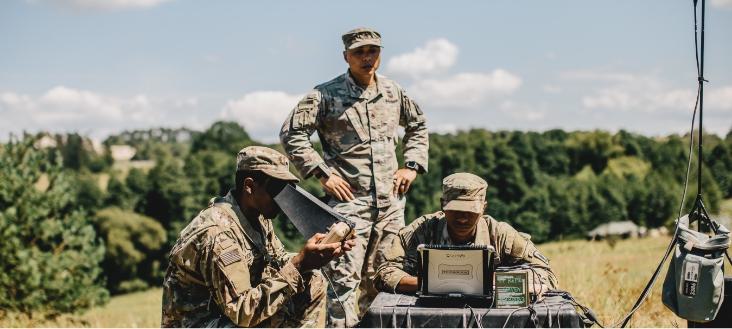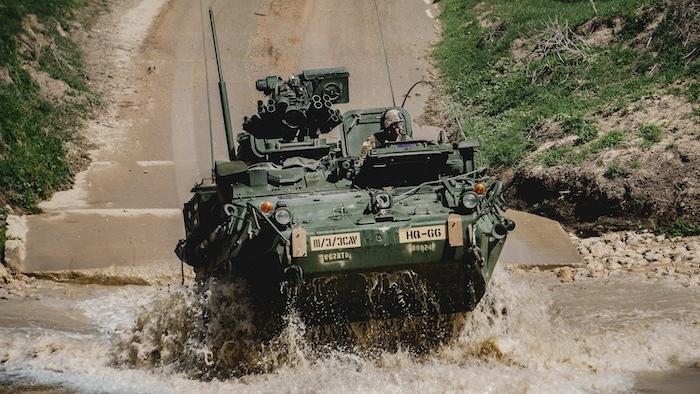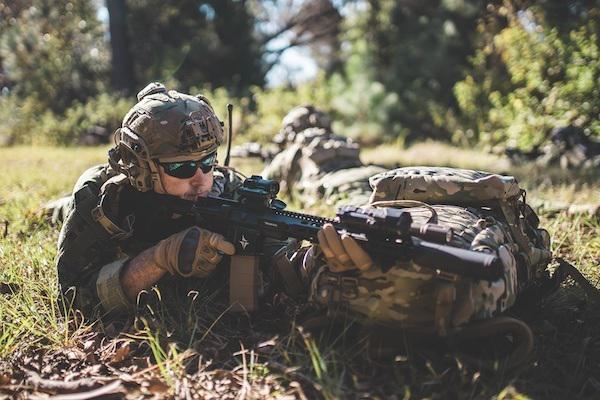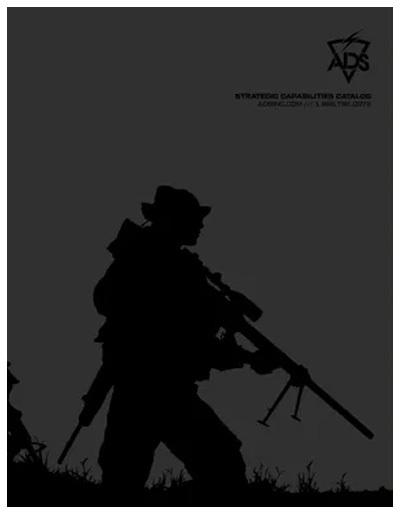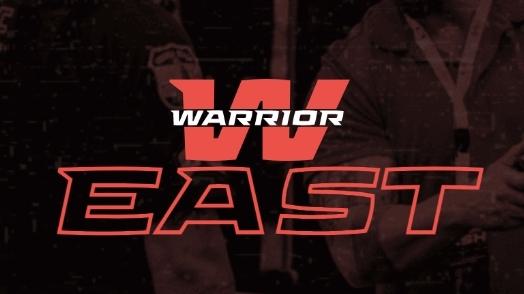Leveraging Existing Contracts
Instead of going the GPC route or initiating new contracts, you can look at existing contracts to secure materials. By going this route you can reduce the amount of paperwork and audit requirements as long as the vendor has already been approved by the Defense Logistics Agency (DLA).
Tailor-Made Logistics Support
The SOE TLS program is a framework for providing tailored logistics support for special operational equipment (SOE). It was developed by the Construction and Equipment Directorate of the Department of Defense (DOD) Troop Support. It’s designed to deliver high-quality products at competitive prices to customers worldwide.
This program brings together commercial support and Government transportation capabilities to provide solutions that meet the needs of both the military and civilian customers. It offers support in five core areas: Aerospace, C5ISR, Expeditionary, Fire & Emergency Services, Medical, and Tactical.


